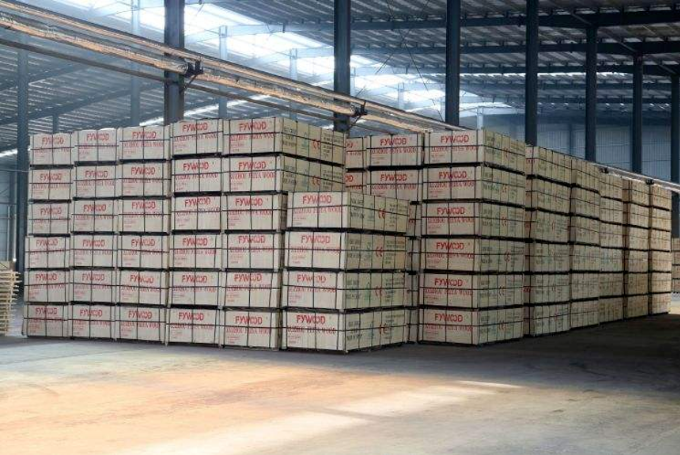Demand for plywood in Japan is skyrocketing! Malaysia's plywood production plummets! Intense competition for domestic timber supply!
Time: 2022-08-29 18:24:32
According to the International Tropical Timber Organization (ITTO), from January to October 2021, Malaysia’s hardwood plywood exports to Japan were 683,000 cubic meters, compared with 599,100 cubic meters in the same period last year, an increase of 14% year-on-year. Even coming into October 2021, the figure is still up 25% from the previous month.
From January to October 2021, Indonesia's exports of plywood to Japan reached 527,400 cubic meters, a decrease of 36,400 cubic meters from 608,800 cubic meters in the same period of the previous year, a decrease of 5% year-on-year.
Malaysia's plywood exports to Japan's main market have grown substantially, well ahead of its main rival, Indonesia.

Malaysia's plywood exports surge
As the main market for plywood in Malaysia, the demand for plywood in the Japanese market has increased sharply in a short period of time in recent years.
In March last year, Japan's domestic plywood suppliers were affected by the disbandment of Japan's largest plywood manufacturer, Daishin Plywood Industry. Japan only accepted two tropical lumber imports from Papua New Guinea from January to March. In the first half of the year, Japan imported Timbers are few and far between. Throughout 2021, there will also be a shortage of plywood substitutes in Japan.
At the same time, the depreciation rate of the yen exceeded expectations. Throughout 2021, Japan will return the focus of its economic structure to the country. The easing policy has been in place, and the epidemic relief has been throughout the year, but the actual performance has achieved little effect. However, although Japan is gradually getting rid of the risk of deflation, its inflation rate is only 0.5%, which is quite different from that of other developed countries.
In recent years, the RCEP agreement has come into effect. The Japanese government has also emphasized that foreign trade will be the key and core of the whole year in 2022. Refocusing economic growth on export trade relations will help improve the current situation of Japan's economy. Similarly, the recovery process of Japan's manufacturing industry There are still risks.
Due to the tightening of the policy on importing logs and the high price of wood, considering the direct import of plywood, a wood-processing product, will benefit the development of the manufacturing industry.

To this end, Japan is not only expanding the import scale of plywood from Malaysia and Indonesia. From the data point of view, in addition to importing a large amount of plywood from Malaysia, a small amount of plywood products are also imported from Vietnam and China.
Plywood production may plummet in the future
As the main market for plywood in Malaysia, Japan has a strong demand for plywood right now and even throughout 2022. So why did Malaysia's production suddenly drop?
Countries such as Malaysia that export hardwood plywood have entered the rainy season. During this season, the output of plywood factories in the region has not been able to effectively increase the inventory. In addition, the shortage of containers caused by the increase in the price of adhesives and the deterioration of shipping problems will once again affect the increase in transportation costs. The increase in costs will also affect the final price trend of products. It is also troublesome to test the profitability of enterprises.
In terms of policy, according to the sustainable forest management policy of the state of Sarawak in Malaysia, the log production of Sarawak’s natural forests has dropped sharply over the past decade, and the log harvesting in 2019 started from 14.3 million cubic meters and will drop to 5.74 million cubic meters in 2020. . The Sarawak Timber Industry Development Corporation (STIDC) predicts that production will plummet to 2 million cubic meters by 2030.
The international timber trade situation in 2022 is quite severe. The log export policy has been tightened continuously, and the price of imported timber has been rising. With the fierce competition in domestic timber supply, the growth of the demand side has been limited. It can be seen that for timber people, in 2022, it will be crucial to master market information and obtain first-hand industry trends.








